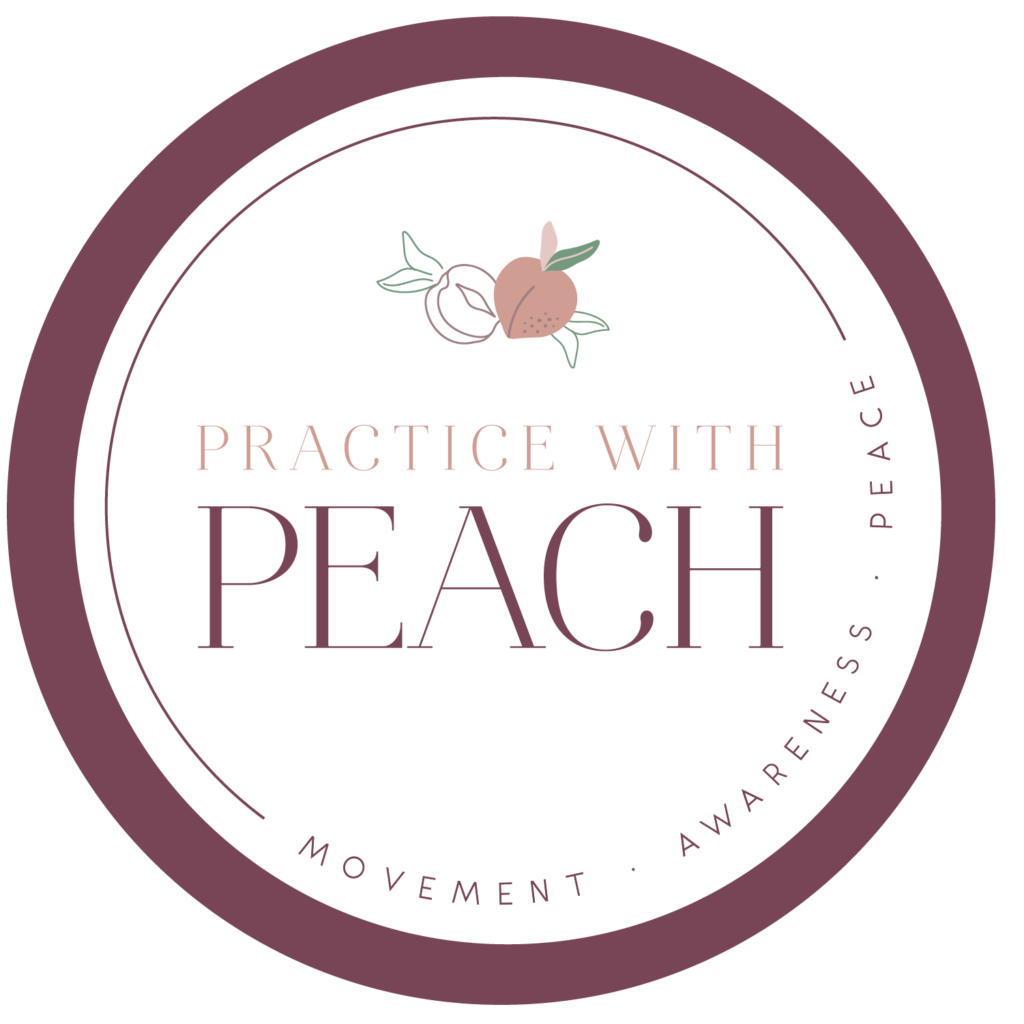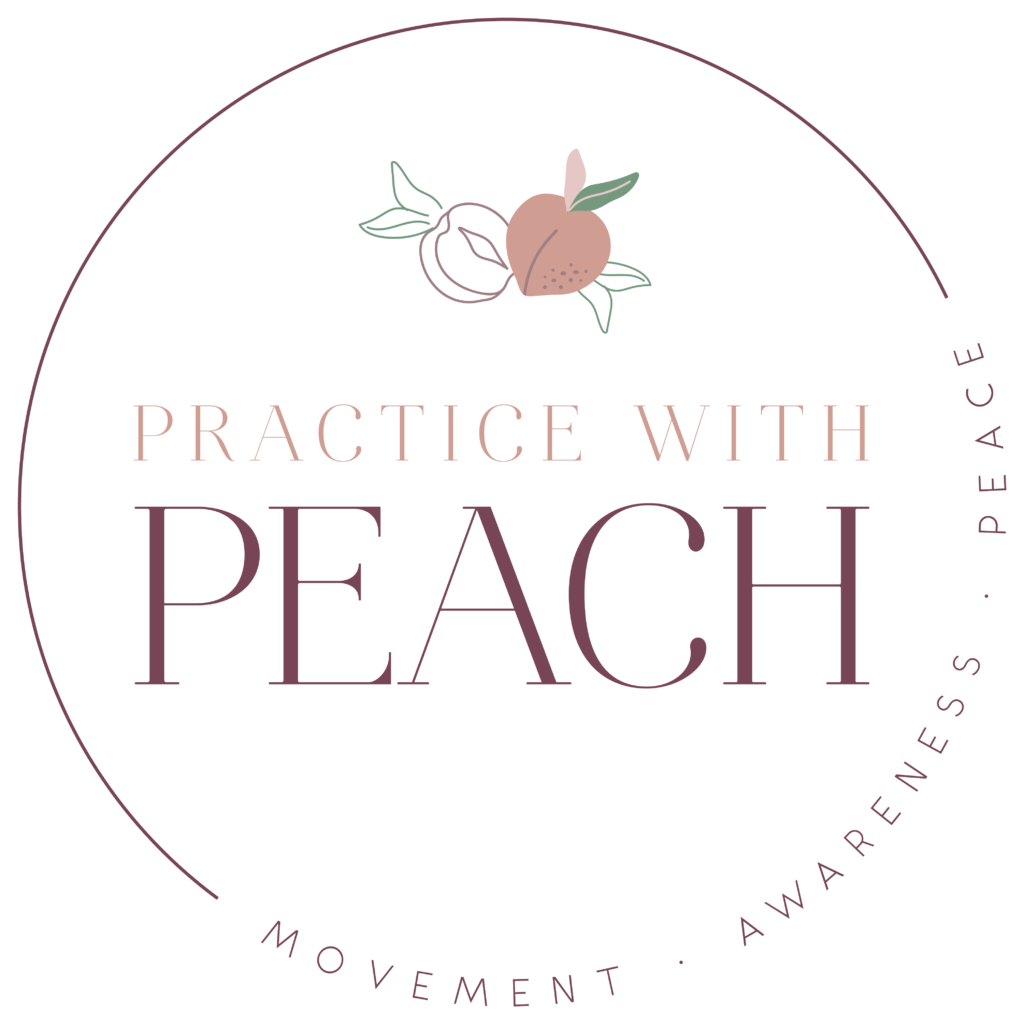Often in yoga we’re met with the idea of Oneness / oneness and otherness. An argument can be made that all the world’s problems stem from the issue of “othering” (a term I first learned from Tara Brach). How can we address this in our thinking?
First, a few definitions:
- oneness: seeing ourselves as one with, connected to all other humans. Regardless of space, time, race, ethnicity or any other orientation–beneath the material image of a person, we see ourselves in others and vice versa. With this approach, we see ourselves as brothers and sisters. This does not mean we identify with everyone else’s life choices or circumstance, but rather we see their inherent goodness beneath their current experience, and know we are the same.
- Oneness: Oneness with a capital ‘O’ is mean to indicate Oneness with Spirit or the One Creator (insert your chosen word here for the power that creates, and try not to get hung up on words that irk you; find something that resonates with you; they’re just words). This sense of Oneness indicates and reminds us that we are simply reflections of the One, perfect, creative power. This is an individual senes of Oneness, but is related to the former, as we are all reflections of Love.
- Otherness: [also: othering, other, etc] This term is used when we see ourselves as separate and different from others. Not different in the way that celebrates our uniqueness, but different in a way that allows us to judge, condemn, gossip, et al.
- Yoga: yoke, or union.
Where in the yoga texts are these ideas supported?
This idea is reiterated time and time again in various interpretations of Patanjali’s writings, as well as different lineages of yoga studies. The following statement describes the outcome of a person not tuning into his Oneness, the recognition of himself as a reflection of a Love, Spirit: “Being disconnected from themselves, [a person] is likewise disconnected from others, and therefore it seems perfectly logical to such a person to try to obtain wealth and happiness for themselves at any expense to others,” (Wallace, 83).
The third Sutra in Patanjali’s Yoga Sutras states: Tada drastuh svarupe vasthanam — there are many translations of this, one being, “the practitioner now abides in his pure nature, or Self.” Another, from Alan Finger, “Then we experience the true essence of consicouness, which is pure awareness in the Now.” The reference alludes to the previous sutra which describes yoga as the experience of stilling the mind.
When the mind is still, we can become present; when we are present, we can fully sense our connection to Spirit; once we begin to understand the depth of that Oneness, we can see it in those around us.
There is the union, the yoke.
Why does this matter?
Seeing ourselves as different from those around us is what allows us to begin unkind patterns: we judge, we gossip, we treat each other badly. Every international conflict stems from this idea. We may need to physically separate ourselves from others who, for whatever reason, are not reflecting goodness. And we may not be able to separate ourselves from those people sometimes, and in those situations, we need to find the right support to allow us to be safe, but we can still maintain that others are inherently good and connected to us.
Fundamental to this is the need to first see and understand our own Oneness.

